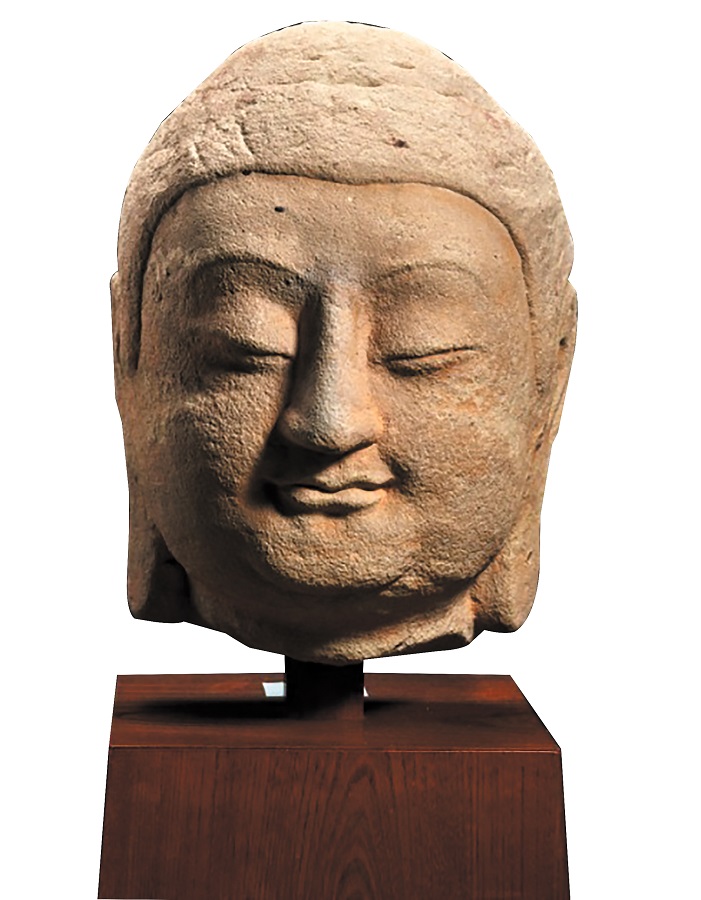

Western 'disregard'
Wu Hung, director of the Center for the Art of East Asia at the University of Chicago in the US, addressed the issue of the taking of Eastern art by Western collectors in his 2021 Humanities Day speech.
"In the field of art there was a disregard of the integrity of an ancient site and the 'absence of protest'," he said in a speech titled "In the Name of Art: Destruction and Reconstruction".
Unlike in Europe, Buddhist sculptures in Asia are integral to beliefs and daily life, and are not just art, Wu said.
The destruction of relics in East Asia is tied to Western and Japanese colonial policies. The absence of protection laws and a disregard for ancient sites facilitated art trafficking amid political chaos.
"Frequently, when a group of extraordinary Buddhist sculptures was discovered in situ, the most beautiful and unique pieces were photographed and then physically removed to become prized collections of … museums in the West, leaving the sites as abandoned ruins," he said.
Katherine R. Tsiang, the center's associate director, said during a Peking University webinar in 2022 that museums which acquire such artifacts often have limited information about their acquisitions. Some Buddha statue heads are even stored in warehouses and may never see the light of day again.
About 20 years ago, the center launched the Dispersed Chinese Art Digitization Project to reconnect Chinese artworks that have been spread across different global locations.
The Tianlongshan Caves Project is part of this effort. With the collaboration of nine countries in Asia, Europe, as well as the US, the project has collected three-dimensional modeling data of more than 100 statues taken from Tianlong Mountain.
In 2014, the University of Chicago, the Tianlong Mountain Grottoes Museum, and Taiyuan University of Technology launched a digital restoration project, which combines data from the sculptures with data from on-site ruins to render a more complete and accurate digital image.